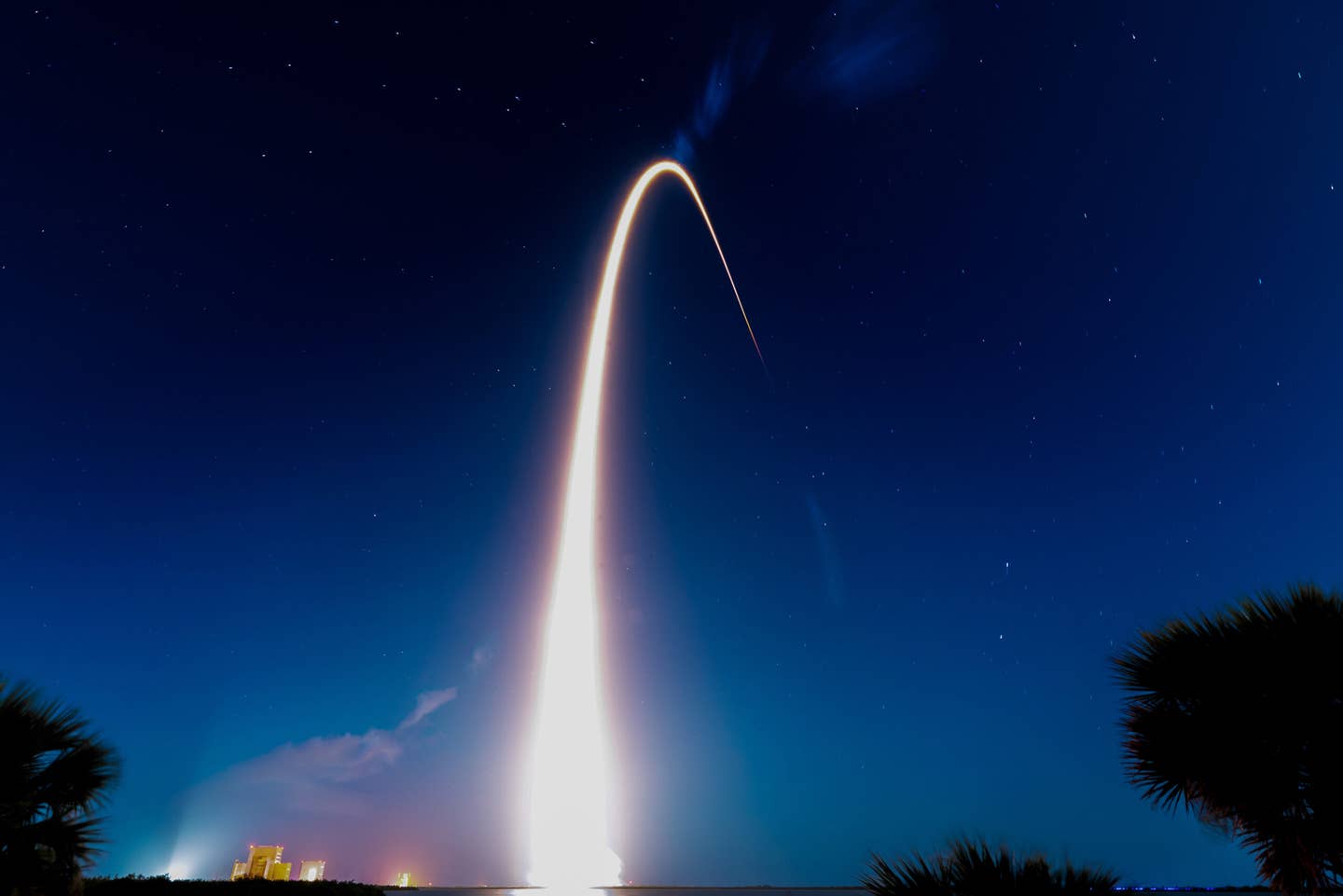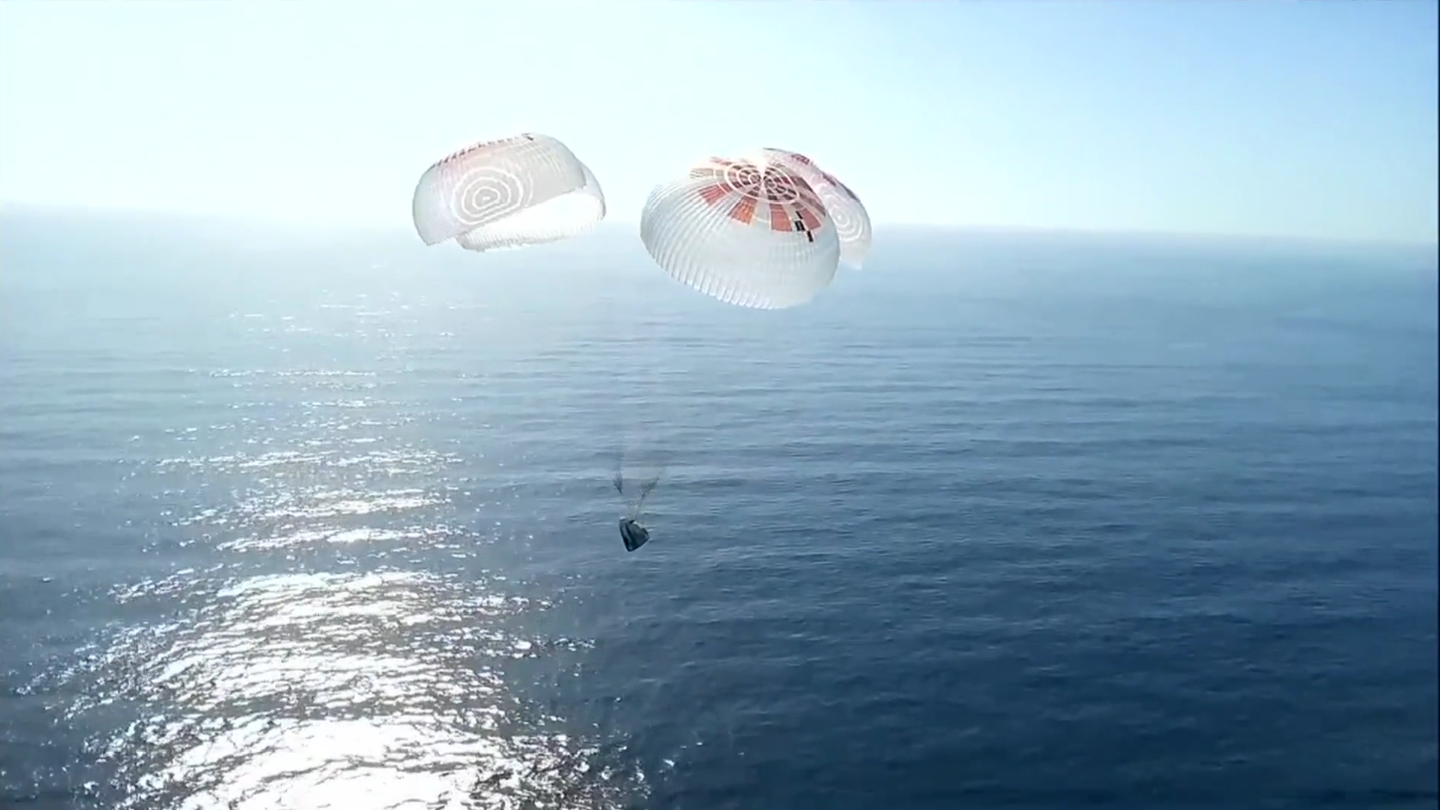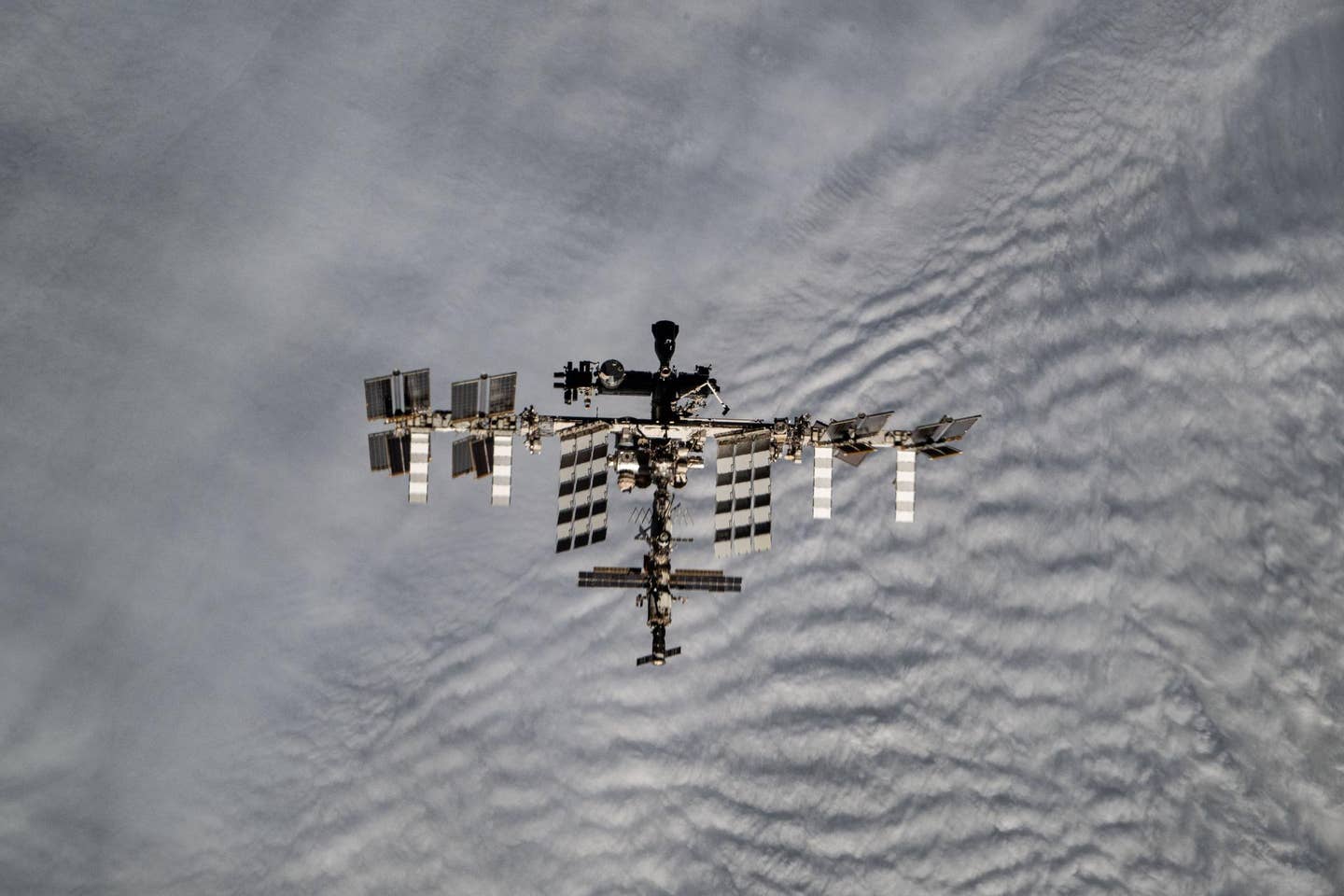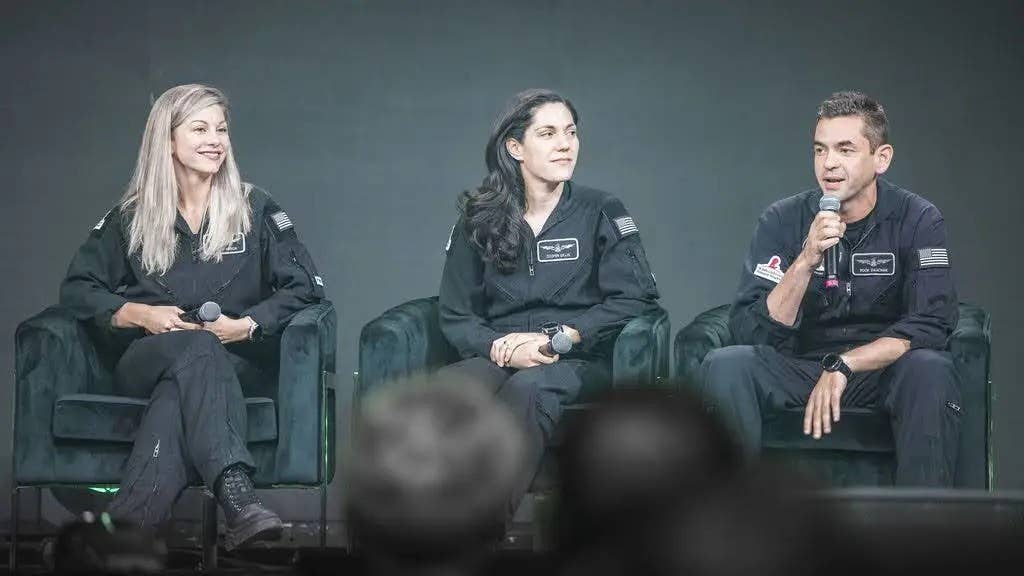NASA C-130 Makes First Flight to Antarctica
The 26,400-nautical-mile, round-trip flight delivering an observatory to McMurdo Station took nearly a year to organize, according to the space agency.
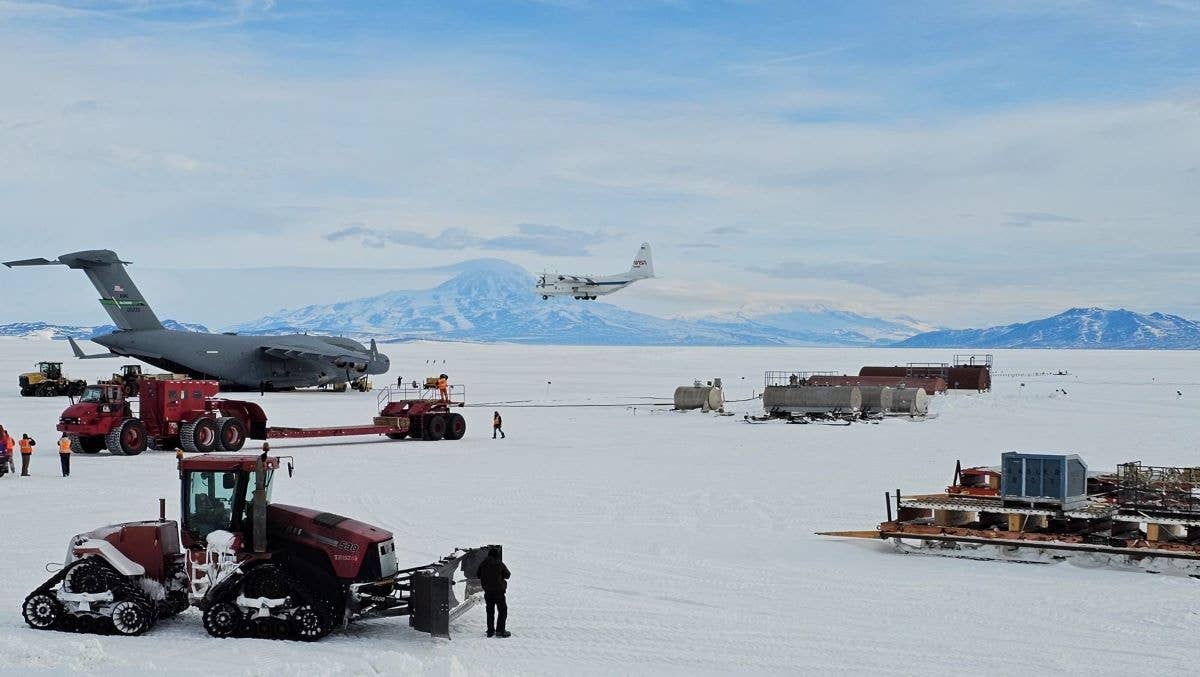
NASA’s Wallops Flight Facility C-130 aircraft delivered the agency’s Galactic/Extragalactic ULDB Spectroscopic Terahertz Observatory (GUSTO) payload to McMurdo Station, Antarctica, on October 28, 2023. The GUSTO mission will launch on a scientific balloon in December. [Credit: NASA]
A NASA C-130 Hercules successfully made its first flight to Antarctica on Saturday, delivering the Galactic/Extragalactic ULDB Spectroscopic Terahertz Observatory (GUSTO) to McMurdo Station, according to the space agency.
GUSTO is set to launch aboard a long-duration balloon campaign in December to map a portion of the Milky Way and nearby Large Magellanic Cloud.
The NASA Wallops Flight Facility, based in Wallops Island, Virginia, spent nearly a year coordinating the 26,400 nm, round-trip flight that required an extra pilot and flight engineer to manage 90 hours across numerous time zones.
"From international clearances with agencies, cargo configurations with NASA’s Balloon Program Office, logistical support with the National Science Foundation at McMurdo, to specialized training on nontraditional navigation systems in Antarctica, the [Wallops] Aircraft Office developed an extensive plan to safely deliver the intricate science payload," NASA said.
The journey began October 17 at Fort Cavazos, Texas, where the GUSTO observatory and members of its instrument team were loaded onto the heavy-lift cargo aircraft.
"Additional stops to service the aircraft and for crew rest included Travis Air Force Base (AFB), California; Hickam AFB, Hawaii; Pago Pago, American Samoa; and Christchurch, New Zealand, before finally reaching McMurdo, Antarctica—a mere 800 miles from the South Pole," NASA said.
Said John Baycura, a Wallops research pilot on the GUSTO mission: “We work very hard to make sure that we execute the mission at a high standard of technical competence and professionalism to maintain NASA’s international reputation.”

Sign-up for newsletters & special offers!
Get the latest FLYING stories & special offers delivered directly to your inbox



